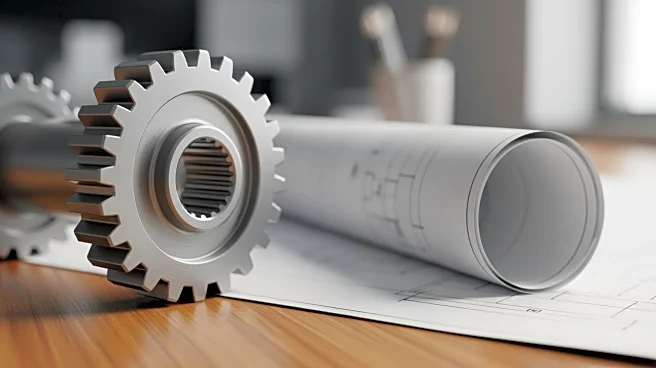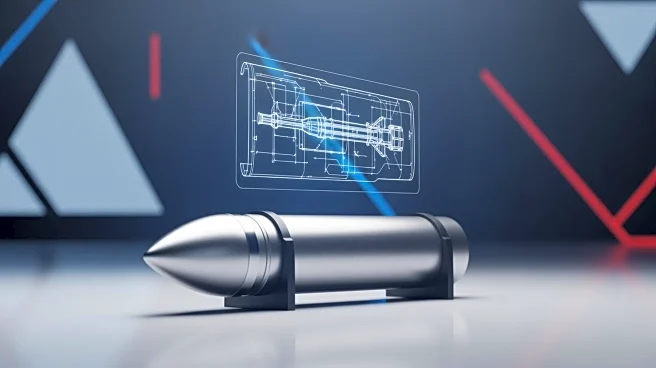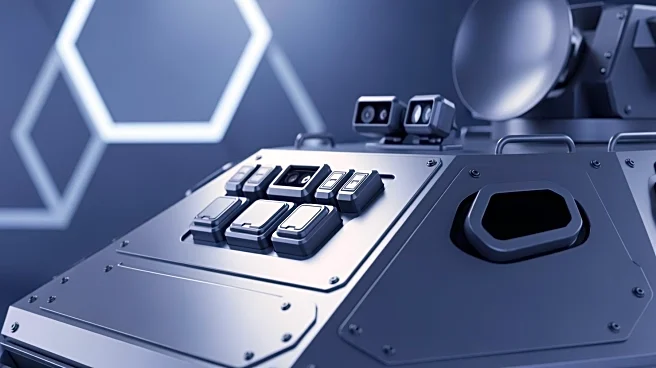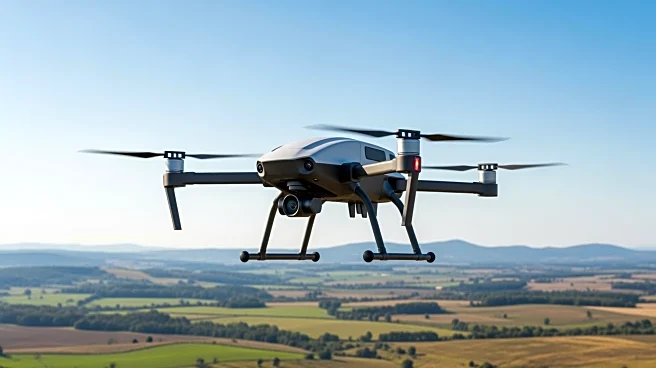What's Happening?
The U.S. Army is restructuring its procurement process by consolidating its Program Executive Offices (PEOs) into six Portfolio Acquisition Executives (PAEs) to streamline operations. This move aims to reduce
the lengthy procurement cycle and improve accountability by aligning requirements under a new program office structure. The transformation is part of a broader reform initiated by Defense Secretary Pete Hegseth to revamp the defense acquisition process. The Army plans to shift from custom-built military solutions to commercially available options, which are often more cost-effective and scalable. Army Secretary Dan Driscoll emphasizes the need to reverse the current procurement ratio, favoring off-the-shelf solutions over bespoke military equipment.
Why It's Important?
The Army's procurement overhaul is significant for the defense industry, potentially reducing costs and improving efficiency. By prioritizing commercially available solutions, the Army aims to enhance scalability and responsiveness in large-scale conflicts. This shift could lead to increased collaboration with commercial vendors and a reevaluation of the defense industrial base's role in military procurement. The reform may also influence other branches of the military to adopt similar strategies, impacting defense contractors and the broader defense economy.
What's Next?
The Army will implement dynamic decision-making processes to evaluate system requirements, fielding speed, and costs. This approach may lead to more flexible and adaptive procurement strategies, allowing the Army to respond quickly to changing needs. The success of this reform could prompt further changes in military procurement practices, encouraging innovation and efficiency across the defense sector.
Beyond the Headlines
The Army's shift towards commercial solutions raises questions about the future of military-specific equipment and the role of traditional defense contractors. This change may challenge existing business models and require contractors to adapt to new procurement strategies. Additionally, the emphasis on cost-effectiveness and scalability could drive innovation in defense technology, potentially leading to more sustainable and efficient military operations.












